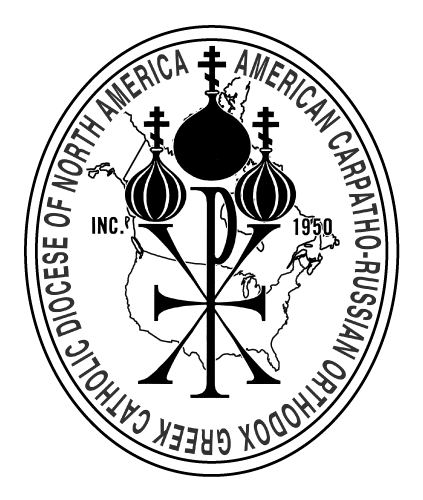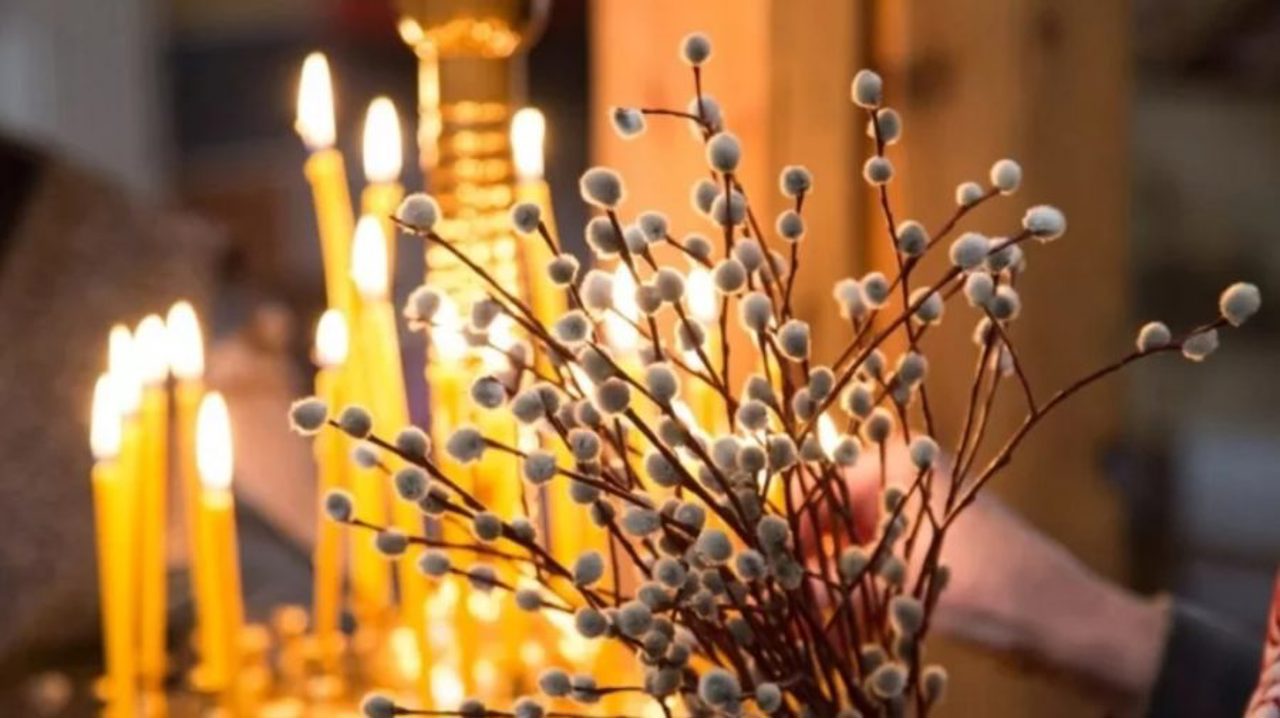Welcome to St. Paul the Apostle Orthodox Church - Freehold, NJ
Mission Parish of the American Carpatho-Russian Orthodox Diocese of North America
Ecumenical Patriarchate of Constantinople

Glory to Jesus Christ! Glory Forever!
April 13, 2025
Palm Sunday
Upcoming Church Schedule:
Sunday April 13, 2025
The Hours 9:00AM Divine Liturgy - 9:30AM
Blessing of Palms and Pussy Willows

Hosanna in the Highest! Blessed is He who comes in the name of the Lord!
Lenten Food Drive Please remember to donate a non perishable food to the People's Pantry. Our St Paul food drive is going on now and will last for the next three weeks
Lenten Devotional Book-
The Diocesan Lenten Devotional Book, "48 Days to the Great Day", is available for each parish family. This book is an invaluable resource for us! We all need tangible tools to encourage us, strengthen us, and bring us nearer to Christ. Read the daily entry and journey together as a Church family for this special, holy season.
New parish email: [email protected]. Please spread the word.
Parish Bake sale - April 11 - 12th.
Monthly Parish meeting Sunday April 13.
Happy Birthday to Albert Vira. God Grant you many years!
Holy Week Schedule:
4/18/25 Vesper Service of Great Friday - 3:00PM
4/19/25 Resurrection Matins - 6:00PM
Guarding of the Grave - Please see sign up sheet in kitchen
4/20/25 Pascha - Divine Liturgy 9:30AM
SPECIAL INTENTIONS:
Please keep in your minds and hearts our parishioners, family, and friends in need of our prayers. May God grant them peace, health and happiness for many blessed years!
Please pray for Catechumens and inquirers, for those preparing for Marriage, for Expecting Mothers, for those serving in the Armed Forces and Civil Authorities.
FOR FURTHER THOUGHT:

The Blessing of the Branches
In the first prayer of the blessing, we are reminded that Jesus Christ, entering the Holy City on Palm Sunday, voluntarily accepted His passion and death for our salvation, and that the triumphant procession with palm branches heralded His glorious resurrection. And now we, continue the prayer, carrying blessed branches in our hands, wish to associate ourselves with Christ in order that we also may participate with Him in the joy and happiness of His resurrection.
The second Prayer of Blessing alludes to the olive branch brought to Noah by a dove at the end of the deluge as a token of divine protection and blessing (peace). Therefore, in prayer, the priest asks divine protection and blessing on every home where the blessed branches will be reverently preserved. The two prayers of the blessing mention only branches in general and palm-branches in particular (“vitvy i vaja sija”), just as these are mentioned in the Gospels (Mt. 11 :8; Jn. 12:13). But early documents, from the end of the tenth century, testify that in Constantinople, besides palms other branches, such as those of the olive or myrtle tree, lilac blossoms, laurel fronds and some other “flowers of the season” were blessed and distributed. Therefore, from ancient times and in various countries, a variety of branches used to be blessed for this celebration. Because of the cold weather in the Carpathian region neither palm nor olive trees are able to thrive, and even other trees rarely blossom in time of the celebration of Palm Sunday.
For this reason our ancestors introduced the custom of blessing willow-branches, which, at that time, are already budding (pussy-willows) . Pussy-willows also express the liturgical symbolism of Palm Sunday in a proper manner. During the winter the willow tree seems to be dead and yet, with the coming of spring, it sprouts and gives a sign of life. Thus the willow-branches bring to our mind the wood of the Tree of the Cross, while the buds (a sign of new life) remind us of our own glorious resurrection. This symbolism is described and presented to us by the first Prayer of Blessing. The blessed branches should be carried home as a sacramental and visible symbol of Christ’s presence. They should be entwined on the crucifix or used to decorate an icon, and to serve as a ” sign of salvation,” and a “pledge of protection and blessing” during the coming year as invoked by the second Prayer of Blessing. Let us then “come with branches and praise Christ the Lord!” (From Matins of Palm Sunday).
Holy Mystery of Confession :
Father will hear Confessions at 9:00 AM in front of the Icon of Christ on Sunday.









